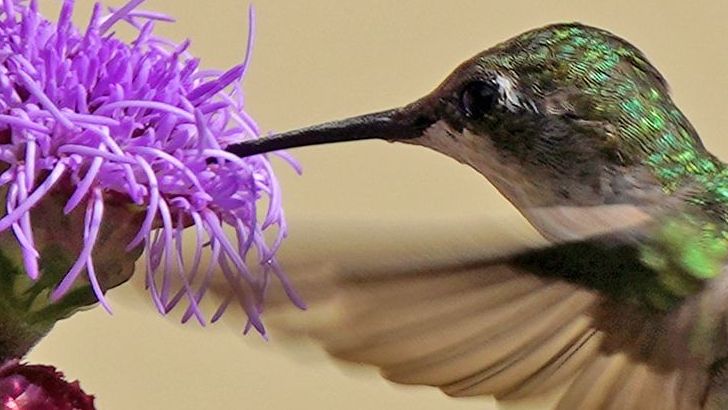There’s something absolutely magical about watching these tiny aerial acrobats zip through your garden, their wings beating up to eighty times per second. But here’s the thing that might surprise you – even seasoned birdwatchers who have been feeding hummingbirds for decades are still making critical errors that could be harming these delicate creatures. These mistakes range from simple oversights to potentially dangerous blunders that could make your backyard birds seriously ill.
What makes this even more shocking is that some of these mistakes are so common, they’ve become accepted practices in many hummingbird communities. But the truth is, these tiny birds are incredibly sensitive to their environment, and what seems harmless to us can be devastating to them.
Adding Red Dye to Nectar – The Most Dangerous Myth
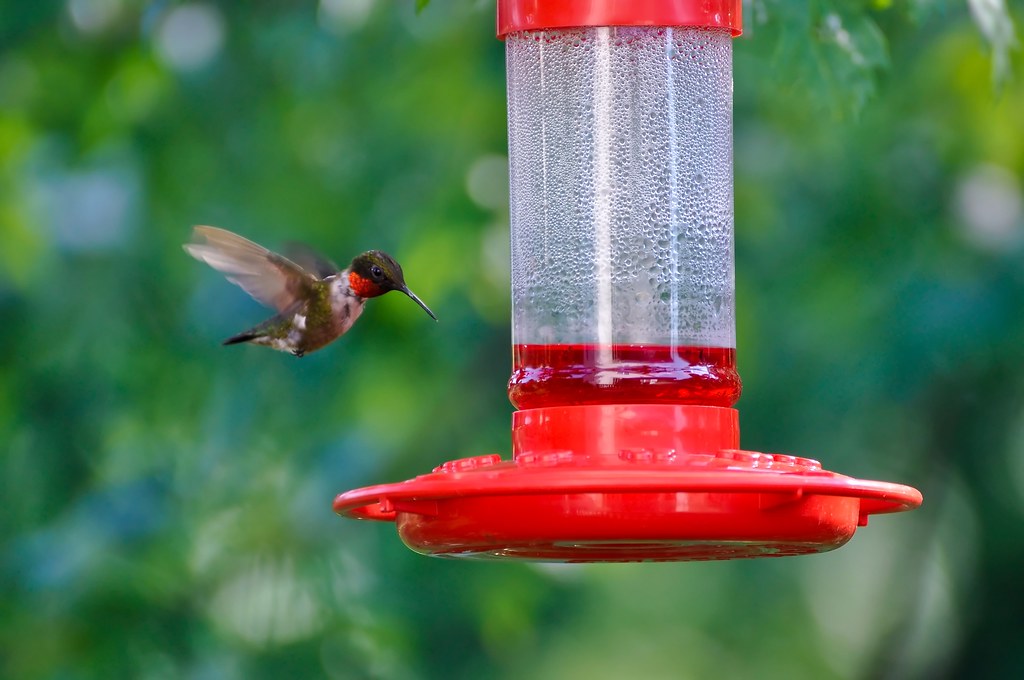
The red dye found in some homemade nectar or other brands can be harmful to hummingbirds. There are other ways to attract hummingbirds safely that won’t negatively affect their health like the artificial red dye can do. This is perhaps the most widespread and potentially lethal mistake that even experienced enthusiasts make.
In the name of convenience, this is arguably the most common and potentially harmful mistake people make, as the red dye in many commercially prepared nectars is absolutely unnecessary and can be detrimental to hummingbirds. The irony is that most feeders already have red components that attract these birds naturally. While the color red does draw hummingbirds, most feeders already have red or yellow on them. That’s enough to catch hummingbirds’ attention without potentially harmful dyes.
Neglecting Proper Feeder Placement

Many watchers place feeders in locations convenient for human viewing but unsuitable for hummingbirds. Feeders should be placed away from direct sunlight, protected from wind, and near natural perches. Remember to position them at least 10-15 feet apart to prevent territorial birds from monopolizing all feeding stations.
The biggest error here is placing feeders too close to windows or in completely open spaces. Be cautious and hang your feeder at least 3 feet away from windows. Hitting windows is one of the main causes of bird deaths. Yet many pros still hang feeders right outside their kitchen windows for better viewing, unknowingly creating death traps for these magnificent creatures.
Using Incorrect Nectar Ratios

The most common beginner mistake is creating the wrong sugar water mix. Getting the right ratio can be tricky, but it becomes second nature with practice. Use one part sugar to four parts water. This recipe works no matter how many feeders you have.
Even seasoned watchers sometimes think more sugar equals happier birds, but this couldn’t be further from the truth. Too little sugar won’t appeal to hummingbirds, while too much sugar makes the mixture too thick and syrupy. The precise four-to-one water-to-sugar ratio mimics natural flower nectar perfectly.
Poor Cleaning Frequency

Dirty feeders can harbor harmful bacteria and mold that can make hummingbirds sick. In hot weather, feeders should be cleaned every 2-3 days, while in cooler weather, they can go 4-5 days between cleanings. This is where even experienced bird lovers fall short.
Many pros think weekly cleaning is sufficient, but clean the feeder daily or every alternate day during hot and humid summer days. This also applies to ones placed directly under sunlight. The reality is that sugar water becomes a bacterial breeding ground much faster than most people realize.
Leaving Feeders Out Too Late in Fall

Many people remove feeders too early in fall, thinking they’ll prevent birds from migrating. Hummingbirds migrate based on daylight hours, not food availability. Keep feeders up for at least two weeks after seeing your last hummingbird to help late migrants and stragglers on their journey south.
This mistake stems from a persistent myth that feeders will prevent migration. It’s a myth that leaving hummingbird feeders up too late in the fall will prevent the birds from migrating. Hummingbirds have an internal clock regulated by the changing day length, which lets them know when it’s time to go. Many experienced watchers still remove their feeders too early, potentially leaving stragglers without crucial fuel for their journey.
Using the Wrong Sugar Types

Honey and maple syrup have soared in popularity with “no sugar added” becoming a frequent selling point for cereals and sweets. With hummingbirds, though, the National Audubon Society advises sticking with refined sugar. Honey, when diluted with water, can cause fungus growth. Organic, natural and raw sugars might have levels of iron that could harm the birds. Say “no” to molasses, brown sugar or sugar substitutes as well.
Even health-conscious bird enthusiasts who wouldn’t dream of using white sugar in their own diets make this error. They assume that “natural” sweeteners are healthier for birds too. Honey’s sticky consistency is especially dangerous to hummingbirds as it can act like a glue if it gets caught on their tongues and potentially weld their bills shut. Likewise, honey gums up feeders and attracts insects that can cause harm to hummingbirds.
The Shocking Truth About Yellow Insect Guards

Here’s the mistake that will absolutely blow your mind – Yellow insect guards can actually attract wasps and bees, creating competition at your feeders. Instead, opt for clear or red insect guards, and ensure your feeders don’t leak. This is completely counterintuitive to what most people believe.
Thousands of experienced hummingbird watchers are unknowingly making their pest problems worse by choosing yellow guards. The color yellow is like a dinner bell for wasps and bees, yet many commercial feeders still come with bright yellow components. This single mistake can turn your peaceful hummingbird sanctuary into a battleground.
Ignoring Natural Food Sources
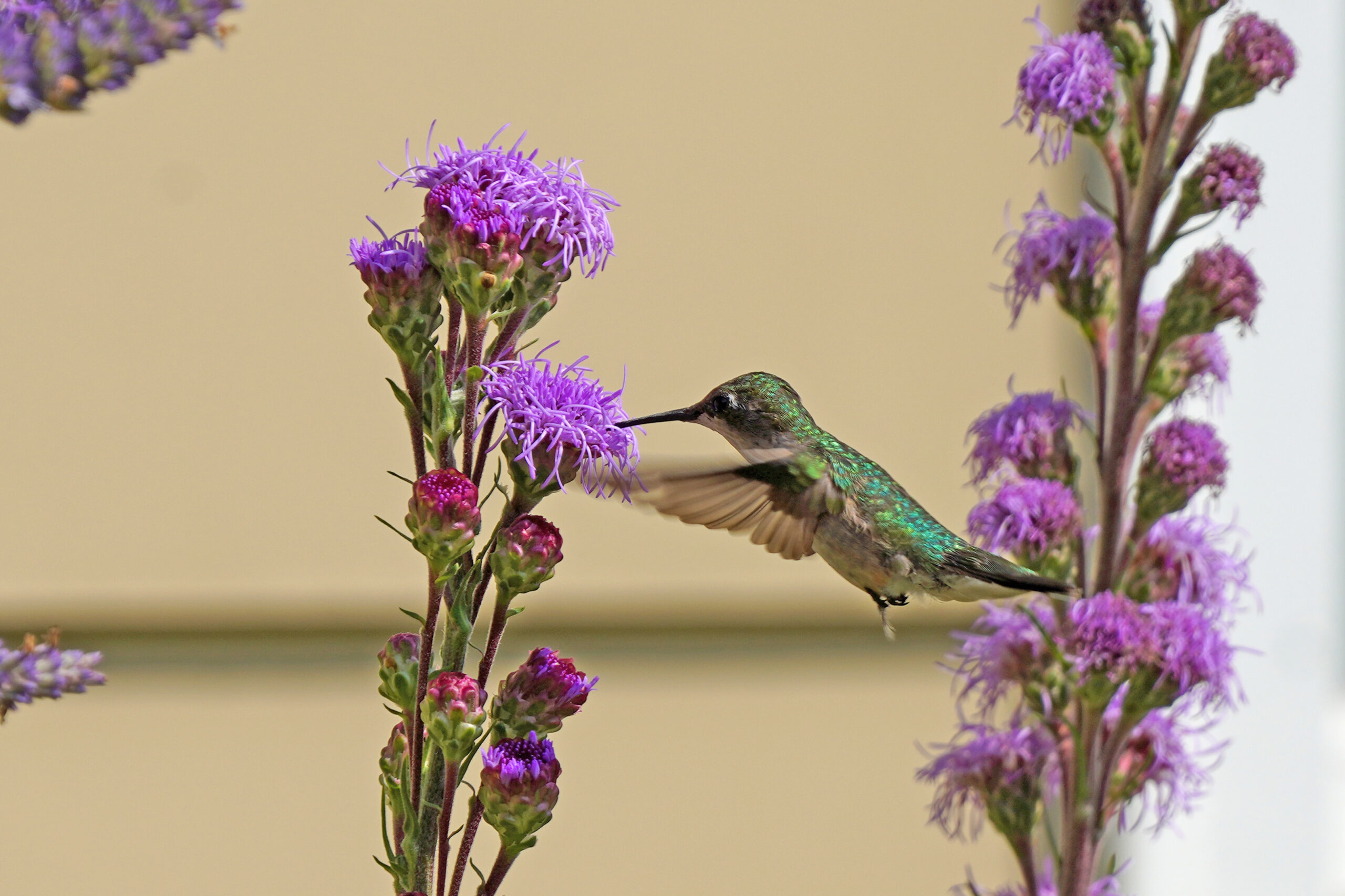
While feeders are important, natural food sources are essential for a balanced diet. Many experienced watchers forget to plant native flowers that provide natural nectar and attract insects, which hummingbirds need for protein. Consider planting trumpet honeysuckle, cardinal flower, or bee balm to create a more complete habitat.
This oversight happens because feeders seem like the complete solution. But hummingbirds drink nectar for calories, but their main diet centers around insects, making it a good idea to go where the bugs are when considering placement for your hummingbird feeder. Many seasoned watchers focus solely on sugar water while completely neglecting the protein requirements these birds desperately need.
Allowing Feeders to Go Empty During Migration

Hummingbirds have excellent memories and will return to reliable food sources. When feeders go empty, especially during migration periods, you risk losing your regular visitors. These high-metabolism birds need constant energy sources, and an empty feeder could force them to seek food elsewhere, potentially disrupting their migration patterns.
Even experienced watchers sometimes underestimate how quickly feeders empty during peak migration times. Birds arriving exhausted from long flights depend on these energy stations, and an empty feeder at the wrong moment can be catastrophic for their survival.
Using Feeders That Are Hard to Clean
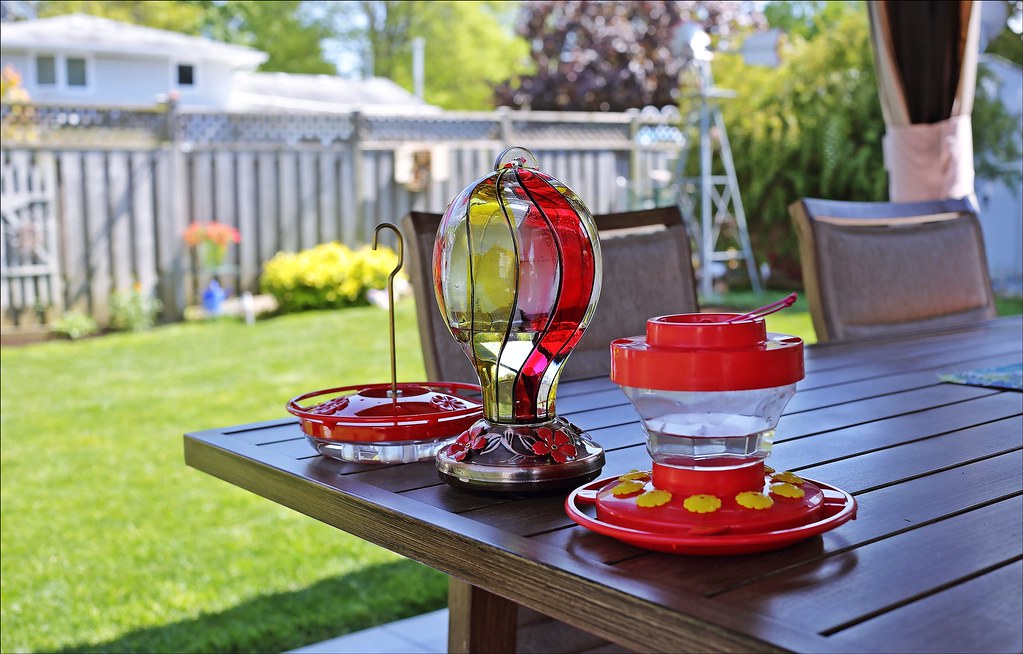
A commonly overlooked aspect of purchasing a hummingbird feeder is choosing a model that’s hard to clean. This step will require reading some verified user reviews, but it’ll be worth the effort. Hummingbirds are far less likely to visit your feeder again if it’s gunky or has stale nectar. If you skimp out on cleaning, you could even make them sick. When choosing a hummingbird feeder, pick a model that’s easy to take apart.
This mistake happens at the point of purchase, and many experienced birders only realize their error after months of struggling with complicated cleaning routines. Complex feeders with narrow openings and multiple small parts become breeding grounds for harmful bacteria simply because they’re too difficult to clean properly.
Leaving Feeders Out Overnight in Cold Weather

During spring migration, when the first hummingbirds arrive, many who feed hummingbirds will leave their feeders out overnight. The problem with this, as Zach Hutchinson explains, is if the temperature drops, the nectar can freeze and become inaccessible to hummingbirds. Even if they can still access it, cold nectar can be potentially less-than-helpful as their bodies must then burn calories to help heat it up after it has been consumed.
This mistake shows good intentions but poor execution. Veteran watchers want to help early arrivals, but cold nectar actually forces birds to burn precious calories just to warm it up in their bodies – the exact opposite of what they need during stressful migration periods.
Choosing Wrong Sized Feeders

It might be tempting to think that bigger is better but experts recommend smaller feeders to minimize throwing out spoiled nectar. “Go with feeders on the smaller size to start with, or you may end up wasting too much nectar,” says Gail Karr, curator of special animal exhibits at the Memphis Zoo.
Experienced watchers often think massive feeders mean fewer refills, but this logic backfires spectacularly. Large volumes of nectar spoil before they can be consumed, creating waste and potentially dangerous feeding conditions. Smaller feeders ensure constant turnover of fresh, safe nectar.
Not Having Multiple Feeders
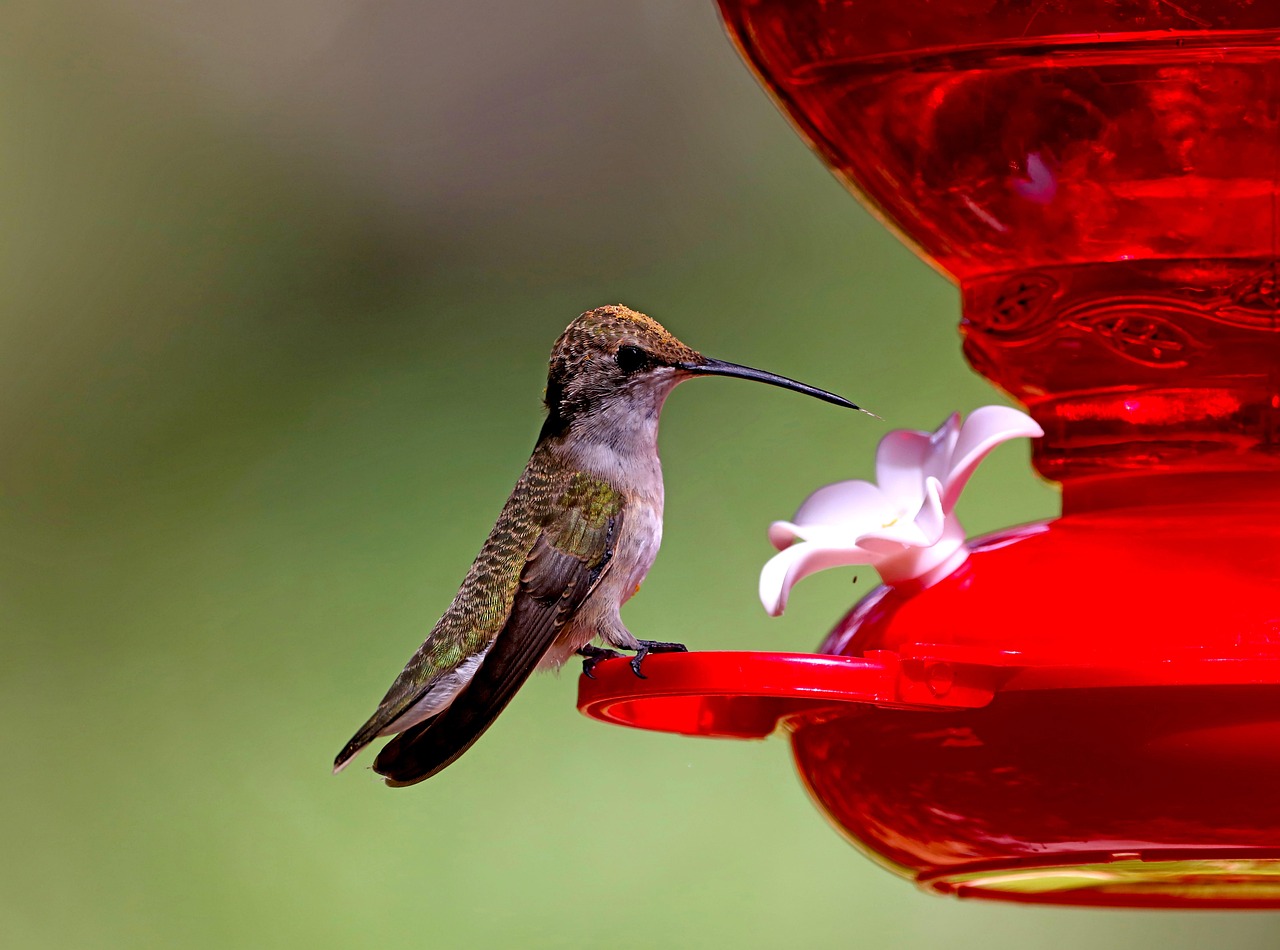
‘Hummingbirds, no matter how small they are, are very territorial,’ says Zach Lovatt. ‘It’s common for male hummingbirds to claim one feeder as their own and aggressively chase other hummingbirds who try to enjoy the nectar. Having one feeder will keep you from having multiple hummingbird visitors,’ he continues. Place the hummingbird feeders 10 feet apart from each other, he suggests. ‘This way, you can have other hummingbird visitors while a dominant bird defends his turf.’
Many experienced watchers proudly display one gorgeous, expensive feeder, not realizing they’re creating a hummingbird dictatorship. Unfortunately, males, in particular, can be fiercely territorial. One alpha male hummingbird can claim a feeder and doggedly chase all others away. Multiple feeders placed out of sight from each other is the only solution to this behavioral challenge.
Storing Nectar Improperly

You can make a larger batch of hummingbird nectar and store it in the refrigerator for up to two weeks. This makes refilling your feeder quick and convenient, so keeping it fresh every few days is no hassle. Just be sure to store the nectar in a clean, airtight container and label it with the date so you know when it’s time to make a new batch.
The mistake here isn’t making large batches – it’s improper storage techniques. If left out, there’s a higher risk of bacteria or mold growing much more quickly than they would in the refrigerator. When storing an extra batch of hummingbird food, use a food-grade, airtight container and keep it in the fridge. You can expect it to stay fresh for about a week before it starts looking funky. Many seasoned watchers skip the airtight containers or forget to label dates, leading to spoiled nectar disasters.
Ignoring Cloudy Nectar Warning Signs
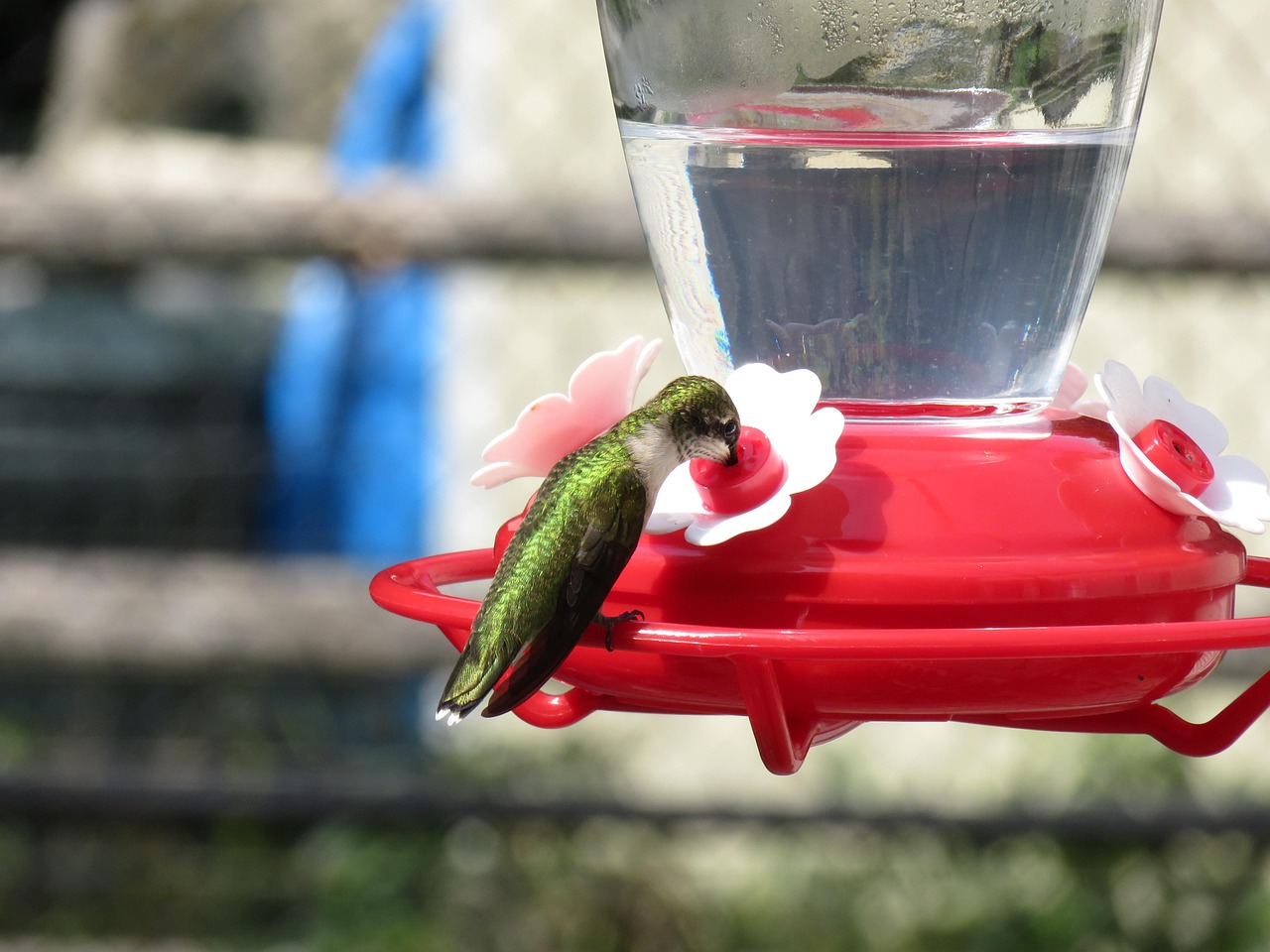
Although it doesn’t look especially dangerous, you should be concerned if the nectar in your hummingbird feeder is cloudy, as it’s one of the biggest signs that your sugar water is spoiling. The murkiness indicates that bacteria, mold, or yeast have started growing, especially in warm weather where sugary water makes the perfect breeding ground. As it ferments, it can produce harmful byproducts that are extremely dangerous for hummingbirds. Not only does it lose nutrients, but spoiled nectar can also cause serious infections for your feathered friends.
This final mistake might seem obvious, but you’d be amazed how many experienced watchers rationalize cloudy nectar as “still mostly good.” In short, cloudy nectar is a warning sign. Take immediate action to clean your feeder and provide fresh food to keep your hummingbird visitors healthy! The truth is, cloudy nectar represents a ticking time bomb that could kill the very birds you’re trying to help.
Conclusion

These fifteen mistakes prove that even the most dedicated hummingbird enthusiasts can fall into dangerous traps. The most shocking revelation is how many seemingly helpful practices – like using yellow insect guards or leaving feeders out overnight in cold weather – actually harm these incredible creatures. The key to being a truly responsible hummingbird steward lies in constant learning and vigilance.
Remember, these tiny birds have hearts that beat over 1,200 times per minute and metabolisms that require them to consume half their body weight in nectar daily. Every decision you make about their care has life-or-death consequences. The good news is that once you know these mistakes, you can avoid them and create a truly safe haven for these aerial jewels. Your hummingbirds will thank you with years of breathtaking displays right in your backyard. Did you expect that some of your most well-intentioned practices might actually be dangerous?
- 11 Bizarre Things Hummingbirds Secretly Love (But Most Gardeners Ignore) - August 20, 2025
- 25 Habits That Secretly Shorten Your Life - August 20, 2025
- 21 Dog Breeds Insurance Companies Don’t Want to Cover - August 20, 2025

